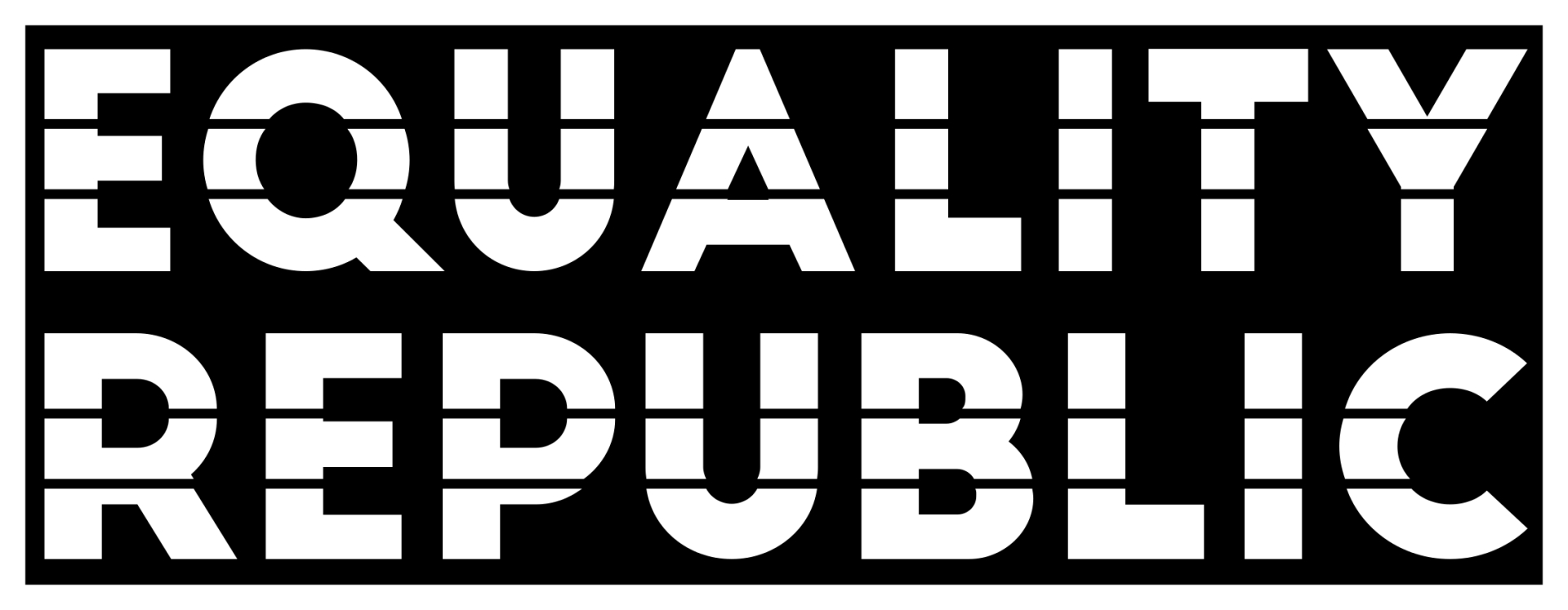Definitions
It is important that shared definitions and context are agreed and established. These form a starting point, but an important part of the process is to have a shared view of what these mean in your particular context.
EQUALITY
The Equality & Human Rights Commission
define equality as "... about ensuring that every individual has an equal opportunity to make the most of their lives and talents. It is also the belief that no one should have poorer life chances because of the way they were born, where they come from, what they believe, or whether they have a disability."
The Equality Act protects people against discrimination and harassment on the grounds of their protected characteristic/s. This includes employment, and access to goods and services. It puts additional duties on public bodies and services to pay due regard to equality.
Equality is about 'creating a fairer society, where everyone can participate and has the opportunity to fulfil their potential’
(Department of Health, 2004)
INCLUSION
Inclusion is defined as the state of being included or being made a part of something.
The principle of inclusion implies actively inviting people into your environment, and consciously ensuring that your environment doesn’t exclude people because of their race, gender, disability, age, faith, gender identity, sexual orientation, caring responsibility (or another characteristic).
Structural inequality - who holds power and privilege, who things are designed for by default - means that inclusion needs to be conscious and often radical to re-dress these inequalities. It also needs to be tested, challenged and measured if it is to go beyond a buzzword towards meaningful change.
DIVERSITY
Diversity simply means a range of difference. In the context of diversity and inclusion, diversity means that the make-up of an organisation is diverse up and down the line, and the value of those differences is appreciated.
How people may experience a diverse environment and one that values diversity:
- The make-up of the organisation, including its leadership is diverse across gender, ethnicity, nationality, sexual orientation, faith, disability and age.
- The make-up of the organisation represents the local population and or the population the organisation serves
- People feel comfortable to be themselves
ACCESSIBILITY
Accessibility is in the experience of the beholder, which is why it important to get a range of perspectives. Examples of how people with various access needs may experience accessible environments:
- Wheelchair and scooter users can easily access buildings and facilities
- The needs of people with limited mobility and dexterity issues are considered (e.g. distances to walk, length of standing time, seating arrangements)
- D/deaf people or those with hearing impairments can participate without undue discomfort (e.g. acoustics considered, hearing loops in place and working, stenographer / BSL interpreters provided where needed)
- People with learning disabilities or communication issues have accessible, clear information and ways of participating
- People feel that their needs are acknowledged, and where possible, met.
SAFETY
Safety is a basic human need, to feel physically safe, to feel secure and to feel emotionally safe. We are constantly scanning our environments to assess their safety, and how we need to respond. Examples of safe environments in this context:
- Environments that care for health, wellbeing and physical safety
- Environments where it feels safe to have healthy conflict
- Environments are free from sexual harassment or misconduct
- Events or meetings planned with safety in mind, particularly evening events (lighting and distance to parking areas or public transport have been considered)
- Environments free from hate crime or incidents
CARING AND SUPPORTIVE
This indicator measures the extent to which staff and others feel welcome and supported in their environment.
This includes staff experience of work / life balance.

